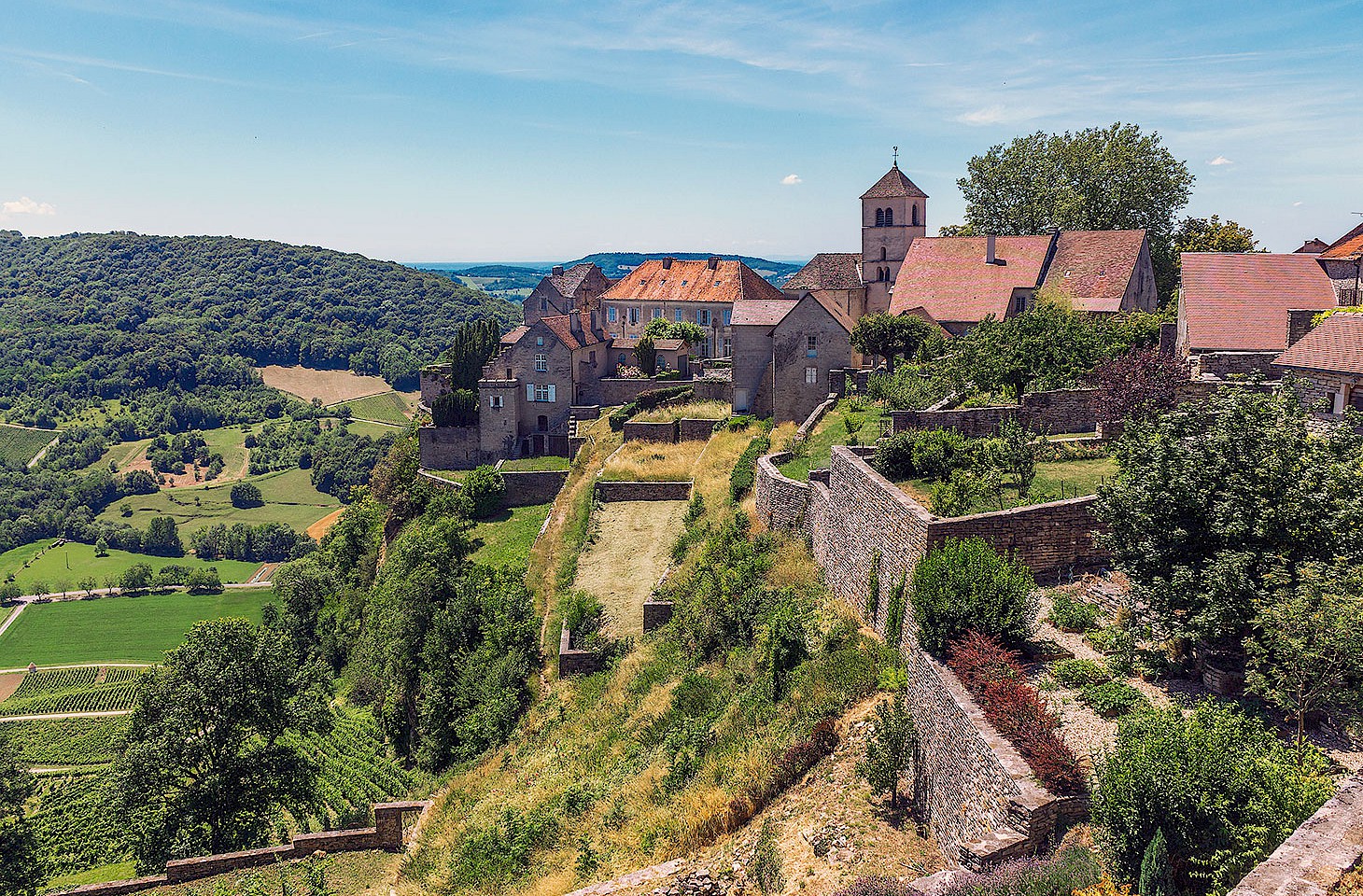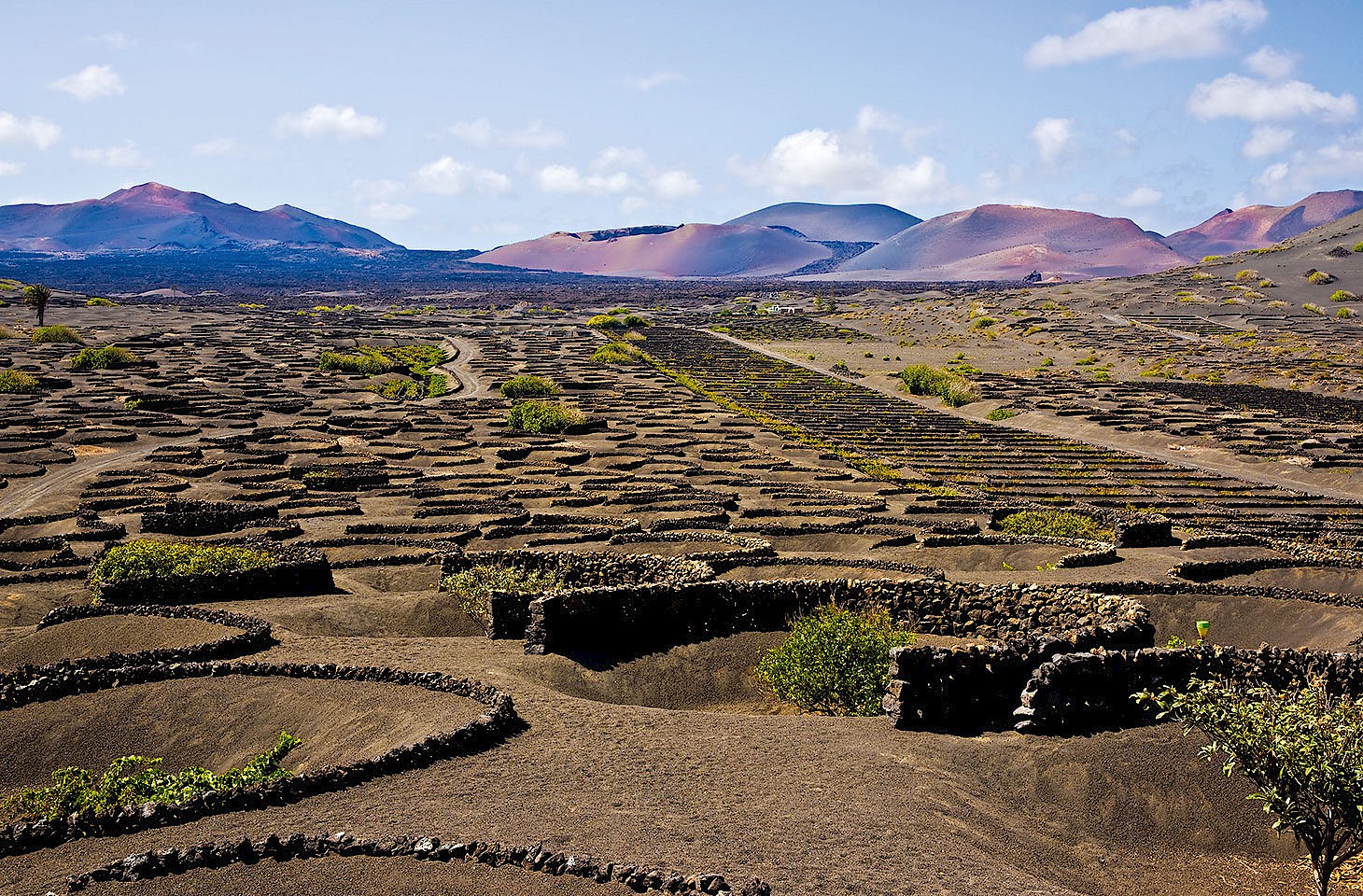Forget the Rhine for a moment. It does not play a part in the story that follows. When outsiders look at the great winegrowing region of Alsace, it is all too tempting to define the area and its wines in terms of the Rhine. Even some who know their French wine regions regard Alsace as a French counterpoint to Germany’s Baden district. In Baden, we find the most fulsome German renditions of red and white wines, made from Spätburgunder (Pinot Noir) and Grauburgunder (Pinot Gris) grapes respectively, which grow on sunny slopes overlooking the River Rhine on the west side of the Kaiserstuhl. Exceptional Kaiserstuhl vineyards like Schlossgarten and Feuerberg are often photographed with the gently flowing Rhine as a natural backdrop.
The acclaimed vineyards of Alsace are far away to the west of the Rhine, and the rivers and streams which have shaped the local topography don’t have familiar names. Could you pinpoint the Mossig, the Fecht or the Lauch on the map of Alsace? Even the River Ill, surely the grandest of Alsace rivers, is hardly known to outsiders. It flows for about 170 kilometres from south to north through Alsace, giving watery character to the middle of Strasbourg, only eventually decanting its waters into the Rhine well downstream of that city.
The fact that the territory east of the Ill was for centuries a marshy swamp meant that for many inhabitants of Alsace wine villages like Riquewihr or Ribeauvillé, the Rhine was not merely out of sight but also out of mind. And to some extent that remains true today. The area between the Ill and the Rhine, known as the Grand Ried, is still a place for water meadows and wildlife rather than for vineyards. The name Ried is an old Allemanic word referring to reed beds.
Local topography
Climb up the vine-clad slopes of the Schoenenbourg at the northern edge of all-too-pretty Riquewihr, crossing land once owned by Voltaire, and there is a gorgeous view down over the village below. In the foreground, of course, are the vines of Schoenenbourg. This vineyard is one of the 51 designated grands crus in Alsace — that’s the name for the plots of land which are generally acknowledged to produce the very best wines of the region. Looking down from the vineyard, one can trace the old ramparts of Riquewihr, pick out the roof of the neoclassical town hall, the fortified defensive gate that marks the western entrance to the village and the bold gables of the half-timbered houses which are a hallmark of Alsace vernacular architecture.
But what is most striking is that the entire village lies in a gentle coombe, shaped by the waters of a stream called Le Sembach which flows down from the Vosges Mountains. For most of the year, Le Sembach is merely a trickle, but over millennia this modest stream has moulded the local topography to create the sunny south-facing slopes which are now so prized by the vintners of Riquewihr. Rivers, sometimes only very small ones, are visible in most Alsace communities and the sound of running water is as intrinsic to Alsace village life as it is in the Muslim world.



